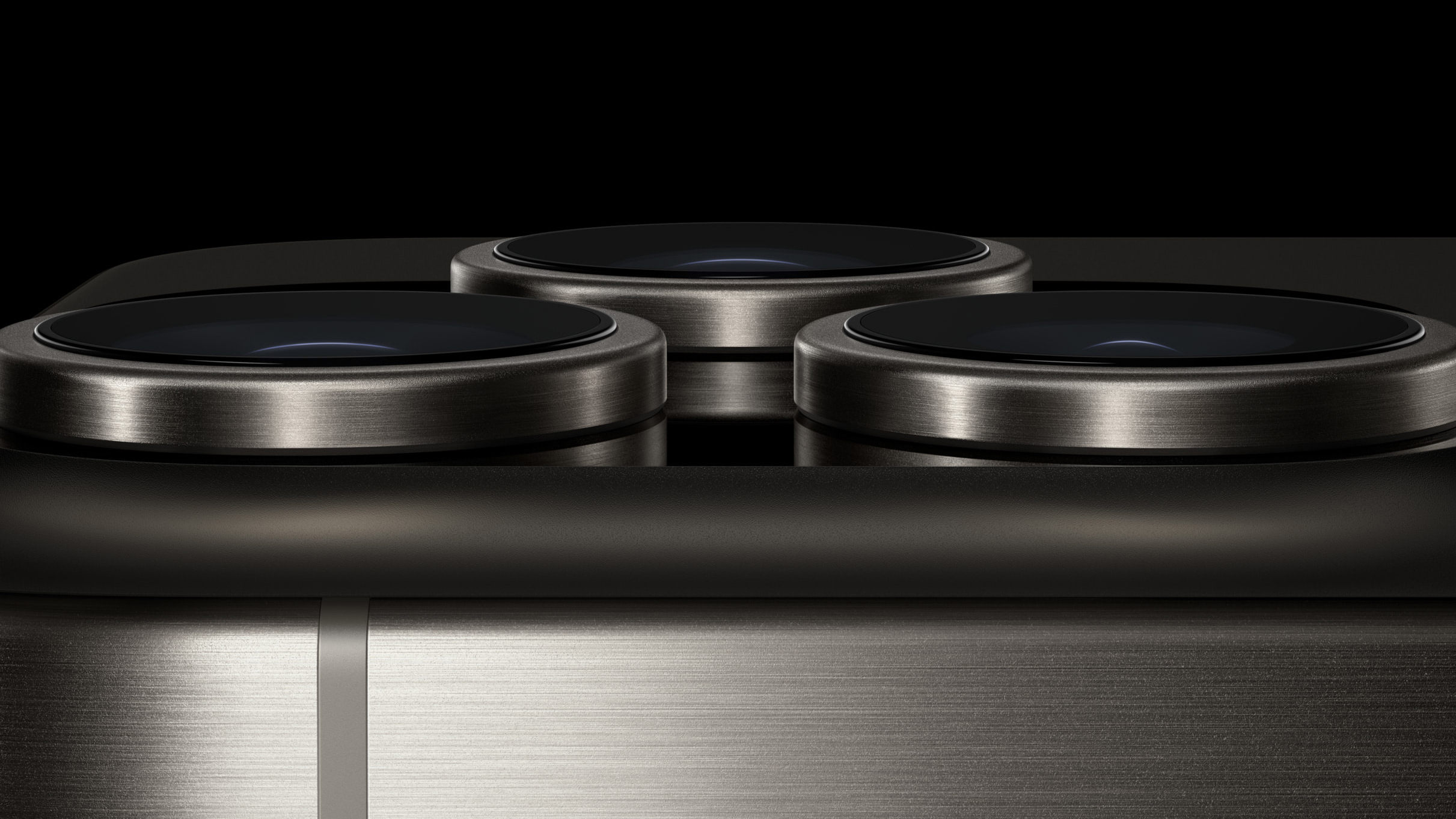Rumor has it: iPhone 16 Pro models could include 48-megapixel ultra wide-angle camera

While it’s true that when photojournalist and color-photography legend, Ernst Haas, was asked about what the best wide-angle lens was for a film camera, he replied, “Best wide-angle lens? Two steps backward. Look for the 'ah-ha',” such a comment hasn’t stopped smartphone makers, particularly Apple, from searching for a better way to make an ultra wide-angle lens. In fact, a user named “Instant Digital” on Weibo revealed that in 2024 the new iPhone 16 Pro models could include an ultra wide-angle rear-facing lens-and-camera module that will have a 48-megapixel sensor, according to Macrumors.com. (Weibo is a popular microblogging platform.)
Additionally, the story suggests that not only will images shot using the ultra wide-angle lens have a higher resolution, but they should also produce better quality photos and video, even in low-light, which has been a challenge when shooting at the wide angle.
At the moment, the current specs for the Pro and Pro Max cameras on the iPhone 15 show that the only lens-and-camera module that currently has 48 megapixels is the main 24mm (f/1.78) lens. That means that the upcoming iPhone 16 would include two lens-and-camera modules that would be capable of shooting 48-megapixel images. And the only lens that would lack that much resolution would be the telephoto lens. However, the report suggests that the telephoto lens will get that 48-megapixel sensor for the iPhone 17.
Innovations in image-sensor technology could improve iPhone Pro's photography quality
The Macrumor's report also adds that the new sensor would allow users to shoot in the ProRaw format photos, which is Apple’s version of the RAW image file format, which is what most pro photographers use with mirrorless cameras and DSLRs. That's great news for those who love to capture high quality photos since this format allows photographers to get the most data out of the image during the editing process, making it the best format to shoot in, if you want complete and total control of the editing process.
But it's important to note that in the past, image quality has never been about megapixels! Or just about megapixels. In fact, it's the quality of the camera’s lens and the size of the image sensor that have been the most important factors in producing top-quality photos and video. However, it's also important to remember that times change, and innovation continues. So, perhaps, in addition to the size of the image sensor, you might add the structure of an image sensor, which might have a substantial effect on image quality.
In other words, the companies that make lenses, sensors, and smartphones continue to innovate. For instance, over the years, Sony has been responsible for a number of impressive innovations in image sensors, such as the introduction of BSI CMOS sensors, which in 2009, which gave the image sensor better sensitivity and less noise. And more recently in 2021, Sony experimented with its line of 1-inch image sensors that it uses in its RX100 VII advance compact point-and-shoot cameras and built it into the Xperia Pro-I, allowing the phone to capture 20 fps burst shooting with AF/AE, 12-bit RAW recording, and 4K/120p video capture.
It will be interesting to see how the constellation of technologies (both hardware and software) that Apple adds into the iPhone 16 Pros models in 2024 will affect image and video quality.
iMore offers spot-on advice and guidance from our team of experts, with decades of Apple device experience to lean on. Learn more with iMore!

Terry Sullivan has tested and reported on many different types of consumer electronics and technology services, including cameras, action cams, mobile devices, streaming music services, wireless speakers, headphones, smart-home devices, and mobile apps. He has also written extensively on various trends in the worlds of technology, multimedia, and the arts. For more than 10 years, his articles and blog posts have appeared in a variety of publications and websites, including The New York Times, Consumer Reports, PCMag, Worth magazine, Popular Science, Tom’s Guide, and Artnews. He is also a musician, photographer, artist, and teacher.
